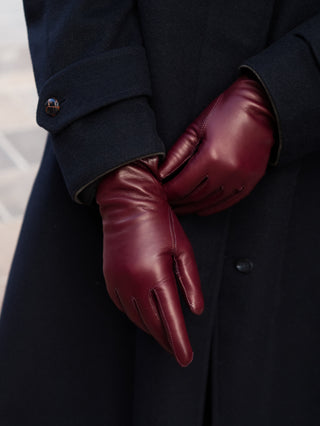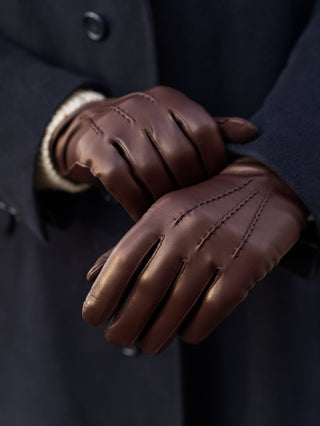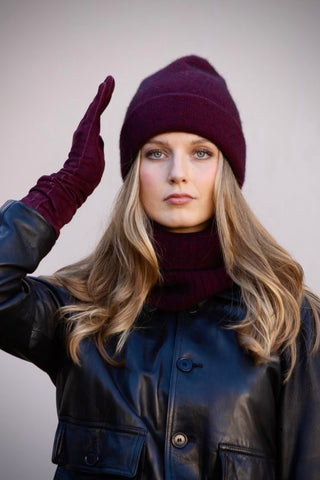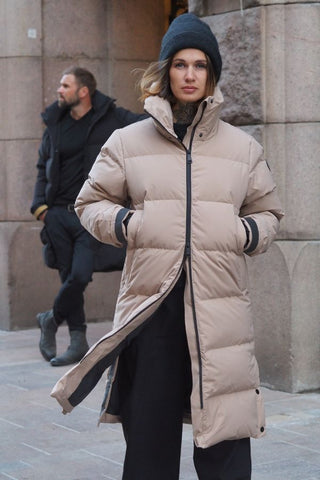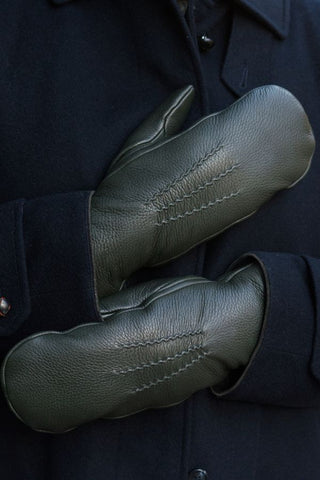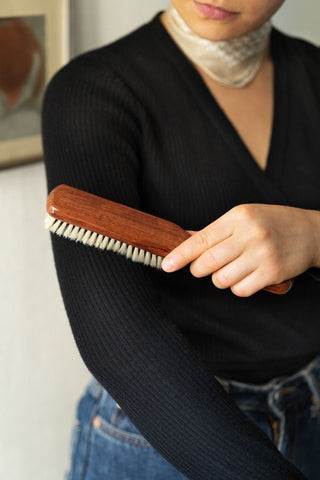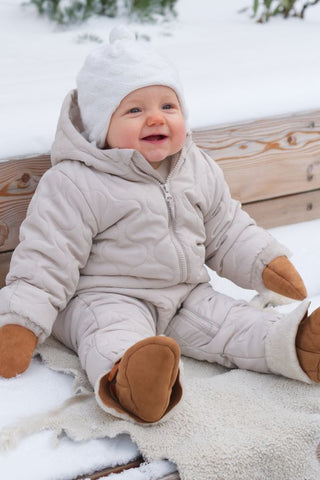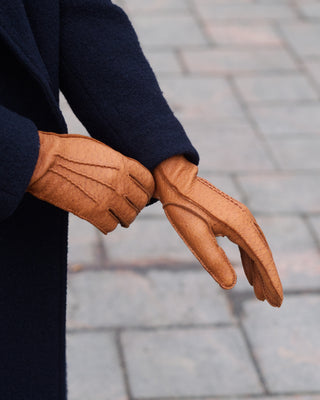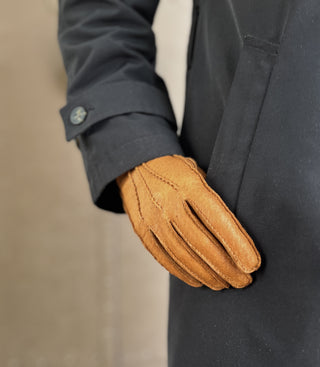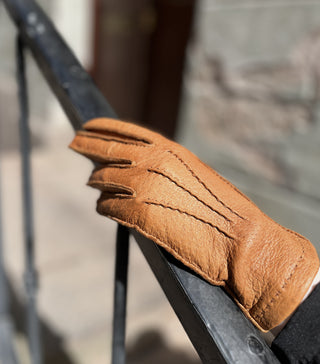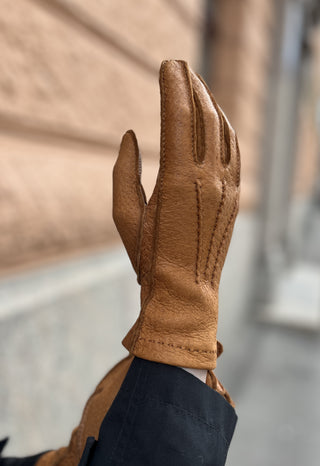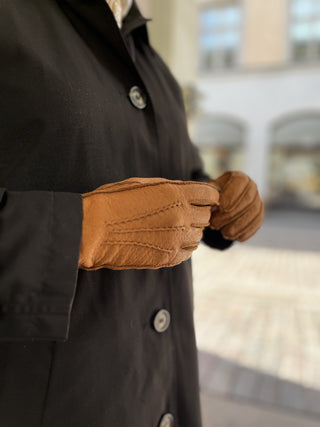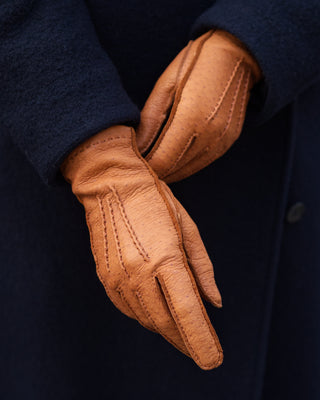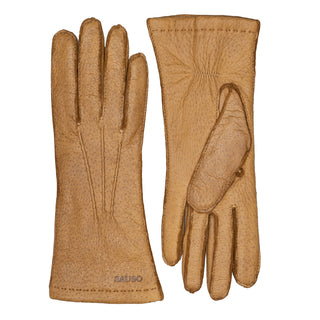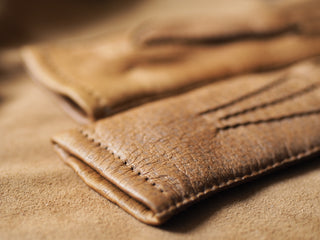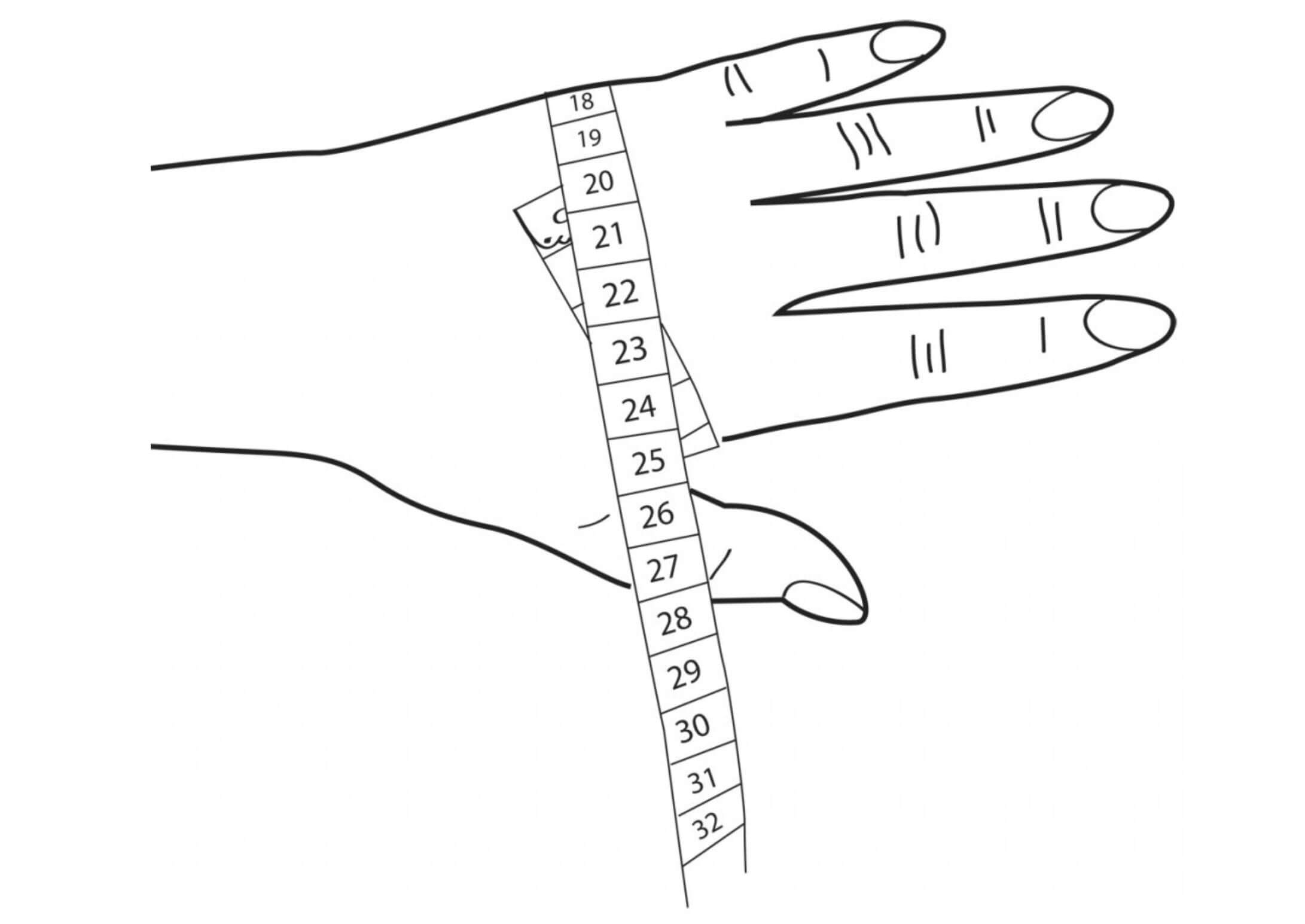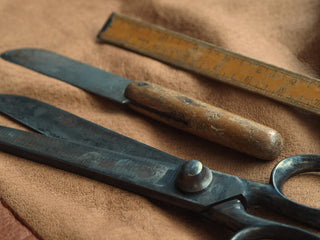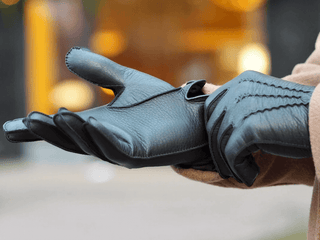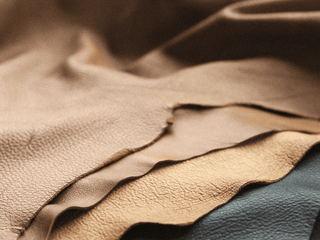Korkinruskeat nahkahanskat. Peccary-villisiasta käsityönä valmistettu käsine on todellinen klassikko. Lämmin, mutta hengittävä nahka tekee sen käyttösesongista hyvin laajan. Samettinen nahka tuntuu kädessä kuin toiselta iholta, ja klassinen malli tekee siitä ajattoman. Loistava tuntuma ja kestävyys tekevät siitä käsineiden aatelia. Villisian nahassa on aivan erityinen pintastruktuuri. Raflaava nahkan luontainen kuvio tekee käsineistä erityiset.
-
- Classic cork brown color
- Peccary wild boar leather (Finnish: pekari)
- The leather's country of origin is Peru
- Leather is obtained as a by-product from the food industry
- Cuff length 2" (approx. 5cm), covers the wrist
- Ribbing at the wrist
- Unlined
- Handcrafted machine-stitched back seam
- Made using the table cutting method
- European craftsmanship
- Over 100 handcrafting steps
The noble of gloves and leathers is the Peccary wild boar handmade classic glove. At its best, the gloves bring joy for years.
Wild boar leather is velvety soft and durable. The leather's structure is porous, which makes it very warm and soft. The beautiful texture of the leather combined with practical properties makes it a unique and special material. The leather's excellent insulation and breathability make the gloves comfortable to wear all year round. Peccary gloves also serve especially well as driving gloves. In an unlined glove, the softness of the leather is wonderfully felt against the skin, and the gloves provide an excellent grip on the steering wheel. For comparison, an unlined peccary glove is as warm as a wool-lined lamb nappa glove.
In peccary gloves, classic cork brown is exactly the traditional color by which peccary gloves are recognized. The warm-toned light brown also beautifully shows the leather's fine texture. The unique character of gloves made from wild animal leather includes small life marks, so each pair is unique. Genuine peccary leather is easily recognized by the hair follicle holes visible in the leather, which always appear in groups of three holes. The leather color may always have some natural variation between different pairs, so the glove color may be slightly different from the pictures.
Over 100 steps of careful craftsmanship and the world's best leather make these gloves an excellent investment in everyday comfort.
The traditional model has three decorative stitches on the back of the hand. The glove's cuff is about 5 cm long, covering the wrist. On the palm side of the wrist, there is an elastic band to improve the wrist fit.
Due to the thickness of the leather, peccary wild boar leather gloves are handmade using a reverse seam. The edge of the quilted reverse seam is also on the outside of the glove, giving the gloves their traditional look. Sewing is very precise and time-consuming. A sewer makes only about 2.5 pairs of gloves per day.
The most important step in determining the fit of gloves is cutting the leather. Whole hides and the leathers cut from them for glove pairs are treated individually. Using a centuries-old table cutting method, the gloves achieve the right fit. Excess stretch is stretched out of the leather, leaving only the adaptation margin that ensures excellent fit. This ensures that the gloves do not stretch even after long use but retain their fit.
In addition to the fact that making peccary gloves is very demanding and the leather's properties are superior, peccary is valuable because of its limited availability. Peccary leather comes from Peru, which is the only country allowed to sell this valuable leather. Indigenous communities living in the Amazon jungle hunt the animal for its meat. Hunting of this CITES-protected animal is only allowed for survival purposes. So the wild boar is not hunted for its leather; the leather is only a byproduct.
Due to limited availability, the value of the leather, and high demand, peccary gloves accept a certain amount of visible marks on the leather surface, such as scars and scratches. Fortunately, these cosmetic defects do not affect the durability of the leather. The leather of small peccary wild boars often has relatively many cosmetic defects. Cutting the leather is like a puzzle, as an experienced cutter looks for the right spots on the leather for each part of the glove. Fortunately, gloves have many small parts, such as between the fingers, so the leather can be utilized as efficiently as possible. The smallest leather pieces are eventually used to make, for example, the snap button covers of driving gloves.
Gloves should initially fit the hand very snugly so that they mold perfectly to the user's hand. Therefore, measure your glove size carefully. The measuring tape should be wrapped tightly around the widest part of the palm, without including the thumb. Round up to the next size in the size chart only if you have long fingers. There may be slight differences between pairs of gloves, as gloves are handmade from natural materials. Perfect fit can be ensured by trying them on. Gloves can be exchanged if the size/pair is not suitable.
- Classic cork brown color
- Peccary wild boar leather (Finnish: pekari)
- The leather's country of origin is Peru
- Leather is obtained as a by-product from the food industry
- Cuff length 2" (approx. 5cm), covers the wrist
- Ribbing at the wrist
- Unlined
- Handcrafted machine-stitched back seam
- Made using the table cutting method
- European craftsmanship
- Over 100 handcrafting steps
The noble of gloves and leathers is the Peccary wild boar handmade classic glove. At its best, the gloves bring joy for years.
Wild boar leather is velvety soft and durable. The leather's structure is porous, which makes it very warm and soft. The beautiful texture of the leather combined with practical properties makes it a unique and special material. The leather's excellent insulation and breathability make the gloves comfortable to wear all year round. Peccary gloves also serve especially well as driving gloves. In an unlined glove, the softness of the leather is wonderfully felt against the skin, and the gloves provide an excellent grip on the steering wheel. For comparison, an unlined peccary glove is as warm as a wool-lined lamb nappa glove.
In peccary gloves, classic cork brown is exactly the traditional color by which peccary gloves are recognized. The warm-toned light brown also beautifully shows the leather's fine texture. The unique character of gloves made from wild animal leather includes small life marks, so each pair is unique. Genuine peccary leather is easily recognized by the hair follicle holes visible in the leather, which always appear in groups of three holes. The leather color may always have some natural variation between different pairs, so the glove color may be slightly different from the pictures.
Over 100 steps of careful craftsmanship and the world's best leather make these gloves an excellent investment in everyday comfort.
The traditional model has three decorative stitches on the back of the hand. The glove's cuff is about 5 cm long, covering the wrist. On the palm side of the wrist, there is an elastic band to improve the wrist fit.
Due to the thickness of the leather, peccary wild boar leather gloves are handmade using a reverse seam. The edge of the quilted reverse seam is also on the outside of the glove, giving the gloves their traditional look. Sewing is very precise and time-consuming. A sewer makes only about 2.5 pairs of gloves per day.
The most important step in determining the fit of gloves is cutting the leather. Whole hides and the leathers cut from them for glove pairs are treated individually. Using a centuries-old table cutting method, the gloves achieve the right fit. Excess stretch is stretched out of the leather, leaving only the adaptation margin that ensures excellent fit. This ensures that the gloves do not stretch even after long use but retain their fit.
In addition to the fact that making peccary gloves is very demanding and the leather's properties are superior, peccary is valuable because of its limited availability. Peccary leather comes from Peru, which is the only country allowed to sell this valuable leather. Indigenous communities living in the Amazon jungle hunt the animal for its meat. Hunting of this CITES-protected animal is only allowed for survival purposes. So the wild boar is not hunted for its leather; the leather is only a byproduct.
Due to limited availability, the value of the leather, and high demand, peccary gloves accept a certain amount of visible marks on the leather surface, such as scars and scratches. Fortunately, these cosmetic defects do not affect the durability of the leather. The leather of small peccary wild boars often has relatively many cosmetic defects. Cutting the leather is like a puzzle, as an experienced cutter looks for the right spots on the leather for each part of the glove. Fortunately, gloves have many small parts, such as between the fingers, so the leather can be utilized as efficiently as possible. The smallest leather pieces are eventually used to make, for example, the snap button covers of driving gloves.
Gloves should initially fit the hand very snugly so that they mold perfectly to the user's hand. Therefore, measure your glove size carefully. The measuring tape should be wrapped tightly around the widest part of the palm, without including the thumb. Round up to the next size in the size chart only if you have long fingers. There may be slight differences between pairs of gloves, as gloves are handmade from natural materials. Perfect fit can be ensured by trying them on. Gloves can be exchanged if the size/pair is not suitable.


